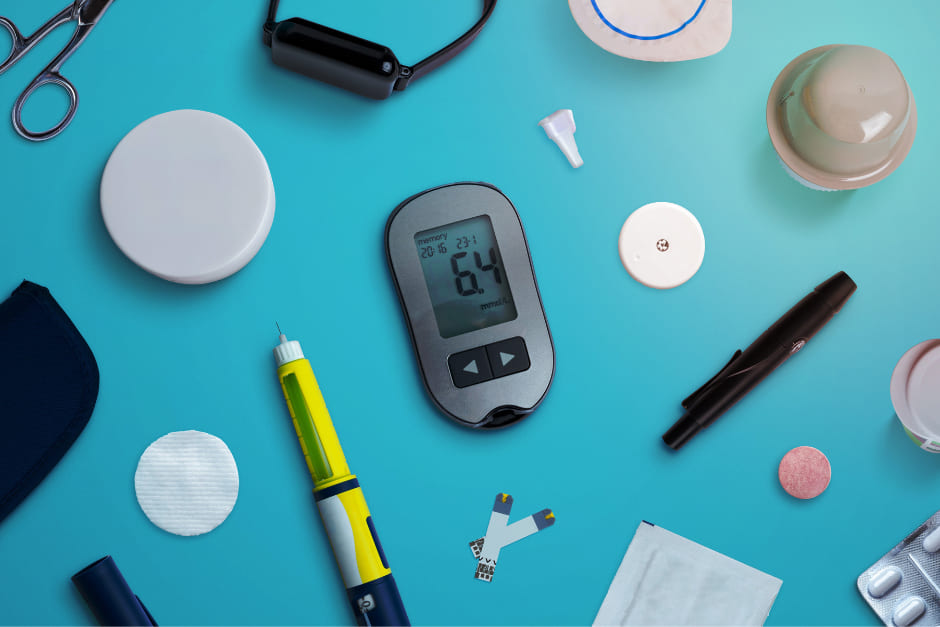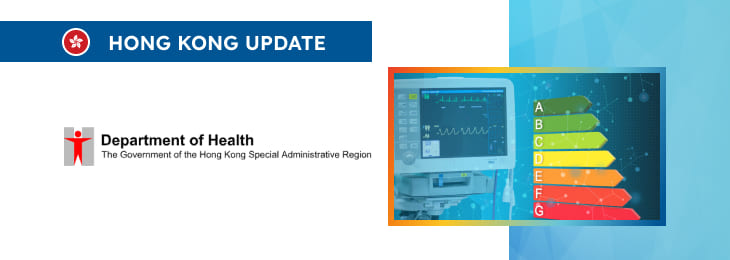
Table of content
Hong Kong has published a document dedicated to the Medical Device Administrative Classification System (MDACS). The document provides an overview of the applicable regulatory requirements, as well as additional clarifications to be taken into consideration by medical device manufacturers and other parties involved in order to ensure compliance.
At the same time, the document could be subject to changes, should such changes be reasonably necessary to reflect corresponding amendments to the applicable classification rules. According to the document, the Medical Device Administrative Control System (MDACS) is an essential framework adapted from the Global Harmonization Task Force (GHTF) document GHTF/SG1-N15:2006.
This framework is designed to classify general medical devices into four distinct classes – Class I, II, III, and IV. The classification is based on a set of principles outlined in Clause 7 of this document, ensuring that each device is appropriately categorized according to its potential risk to patients, users, and other individuals involved.
Scope
This document pertains to all general medical devices that are regulated under the MDACS. The scope is comprehensive, covering a wide range of devices that fall under the system’s jurisdiction.
For a more detailed understanding of the scope and the categories of devices involved, reference should be made to the Guidance Notes GN-01: Overview of the Medical Device Administrative Control System. This ensures that all relevant devices are adequately covered under the classification system.

Definitions and Abbreviations
When it comes to the terminology used, the document refers to the Guidance Notes GN-OO: Definitions and Abbreviations for the Medical Device Administrative Control System. This complimentary document provides the most current definitions and abbreviations, ensuring consistency and clarity in the interpretation of the terms used throughout the classification process.
General Principles
The regulatory controls established by the MDACS are initially intended for safeguarding the health and safety of patients, users, and others. These controls ensure that manufacturers adhere to specific procedures during the design, manufacture, and marketing of medical devices.
The principle of proportionality is central to these controls, meaning that the level of regulatory oversight should correspond to the risk associated with the medical device. As the degree of risk increases, so too does the intensity of regulatory scrutiny.
However, it is also recognized that these controls should not impose undue burdens on manufacturers or regulators. Hence, the classification system is designed to balance the need for safety with the practicalities of device development and regulation.
The risk associated with a medical device is largely determined by its intended use, the effectiveness of risk management techniques applied during its lifecycle, the nature of its user base, its mode of operation, and the technologies it employs. This classification system is structured to accommodate innovations and new technologies, ensuring that they are appropriately regulated as they emerge.
Recommendations
The document further provides special recommendations to be followed by the parties involved in operations with medical devices when applying the relevant classification rules.
Primary Recommendation
Manufacturers are strongly encouraged to document their rationale for assigning their product to a particular risk class. This documentation should include any interpretative decisions made in consultation with a Conformity Assessment Body or the Medical Device Division (MDD).
This transparency is essential for ensuring that the classification is well-justified and aligns with regulatory expectations.
Factors Influencing Device Classification
Several key factors influence the classification of medical devices. These include the duration of the device’s contact with the body, its invasiveness, whether it delivers medicinal products or energy, and whether it is intended to produce a biological effect or have systemic versus local effects.
Each of these factors, alone or in combination, can significantly impact the device’s classification. In cases where a device falls under multiple classification rules based on its intended use, the highest level of classification is applied.
This conservative approach ensures that the device is regulated according to the most stringent standards applicable based on the risks associated. When multiple medical devices are intended to be used together, possibly from different manufacturers, each device must be classified separately according to its intended use.
However, if a manufacturer combines these devices into a new product with a different intended purpose, the entire assemblage is considered a new medical device and is classified based on this new purpose. In scenarios where the combination of devices is merely for the user’s convenience and does not alter the intended use of the individual devices, the classification is based on the highest classified device within the assemblage.
If any device within the assemblage does not comply with all relevant regulatory requirements, the entire combination is classified according to its intended use. Accessories specifically designed by manufacturers to work with a parent medical device are subject to the same regulatory requirements as the device itself.
For classification purposes, such accessories may be treated as medical devices in their own right.
Classification of Standalone Software
According to the document, standalone software, when classified as a medical device, is subject to specific rules. If the software drives or influences the use of a separate medical device, it is classified according to the intended use of that combination.
If the software operates independently of any other medical device, it is classified based on its own intended use, using the classification rules set forth in Clause 7 of this document. Standalone software that qualifies as a medical device is generally considered an active device.
Classification System for General Medical Devices
The MDACS categorizes medical devices into four risk classes, which are visually represented in a drawing the document contains. These classes range from low to high risk, with increasing levels of regulatory requirements as the risk level increases.
However, it is important to mention that the examples provided in the figure are illustrative, and it is the responsibility of the manufacturer to apply the classification rules to each device based on its intended use. Another drawing conceptually illustrates how regulatory requirements escalate with the risk class of the device.
These requirements may include the submission of technical data, product testing through internal or independent resources, the need for external audits of the manufacturer’s quality system, and independent reviews of the manufacturer’s technical data. These concepts are further expanded in the Technical Reference TR-001, which details the Principles of Conformity Assessment for Medical Devices.
Conclusion
In summary, the MDACS provides a robust framework for the classification and regulation of general medical devices, ensuring that safety and efficacy are maintained across a wide range of products. This system is designed to be flexible and adaptive, capable of accommodating new technologies and innovations as they arise.
How Can RegDesk Help?
RegDesk is an AI-powered Regulatory Information Management System that provides medical device companies with regulatory intelligence for over 120 markets worldwide. It can help you prepare and publish global applications, manage standards, run change assessments, and obtain real-time alerts on regulatory changes through a centralized platform. Global expansion has never been this simple.

